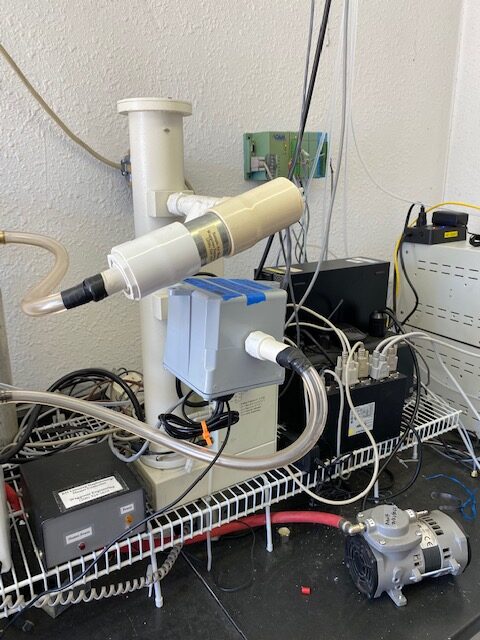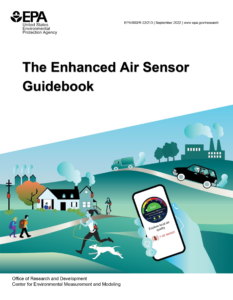
Until recently, measuring and reporting air quality has been conducted almost solely by government agencies and research groups. Government air monitoring programs follow strict procedures in operating, maintaining, and reporting validated data.
Recently, though, we’ve seen a boom in the availability of affordable personal Air Quality Sensors. Many of these new class of monitoring devices can be effective in reporting localized air quality in real-time. But as with any technical tool, effectiveness and efficiency often comes down to the details of how the device is set-up and deployed. ORCAA provides guidance on the basic deployment and operation of personal air quality sensors – and an overview of some of the more common devices. But for a more complete overview of operating air quality monitoring devices, the U.S. Environmental Protection Agency (EPA) provides great resources.
EPA recently updated its guidance document, How to Use Air Sensors. The new publication, Enhanced Air Sensor Guidebook (2022), provides planning support for folks interested in collecting their own air quality measurements.
The Guidebook can help sensor users:
- Learn the basics of air quality, air pollution monitoring, and air sensors
- Plan and conduct an air quality monitoring study
- Select, set up, and use air sensors
- Analyze, interpret, communicate, and act on results
- Understand the basics of air sensor performance
EPA offers more information about air monitoring guidance on the Air Sensor Toolbox webpages.


